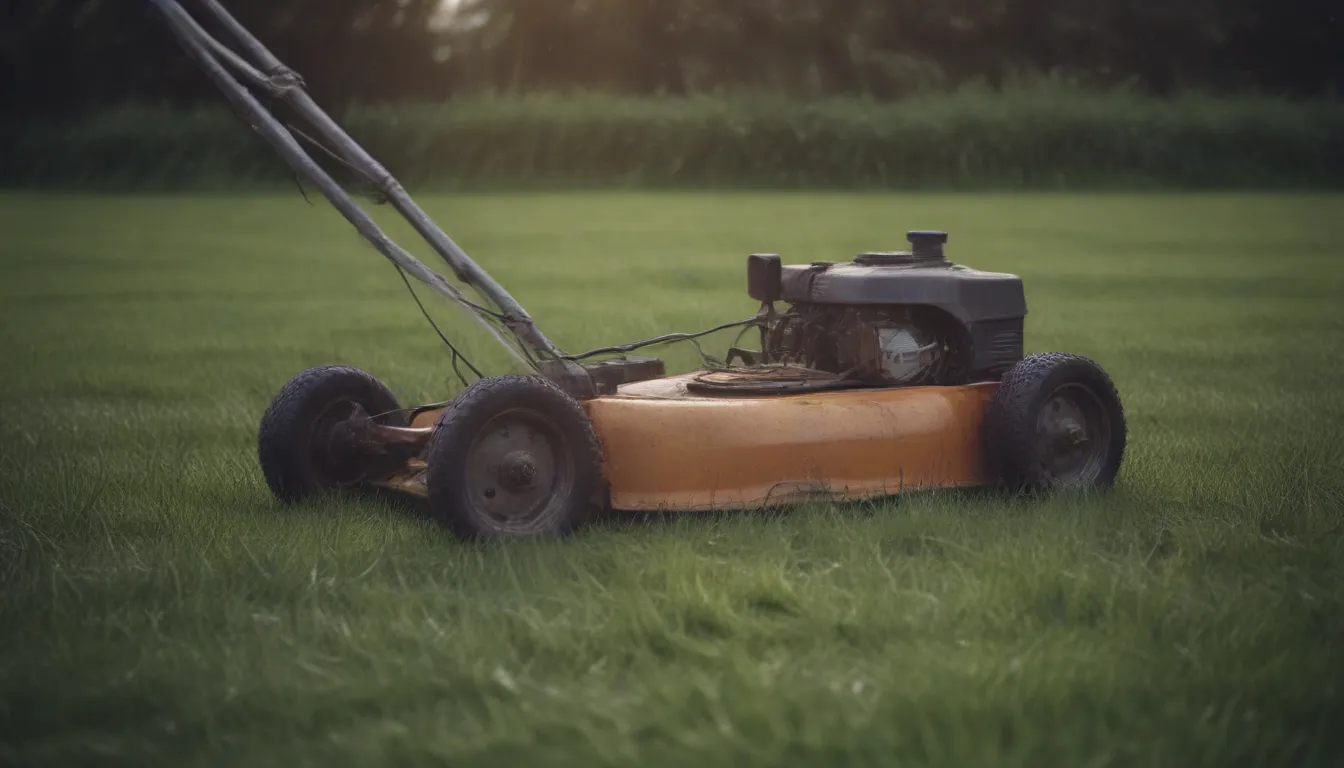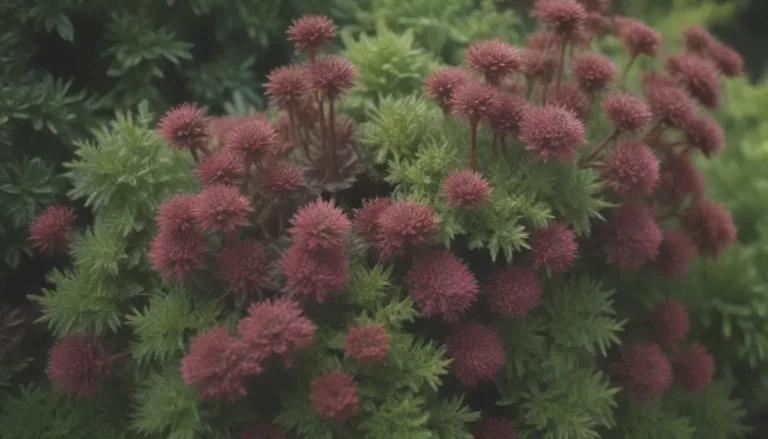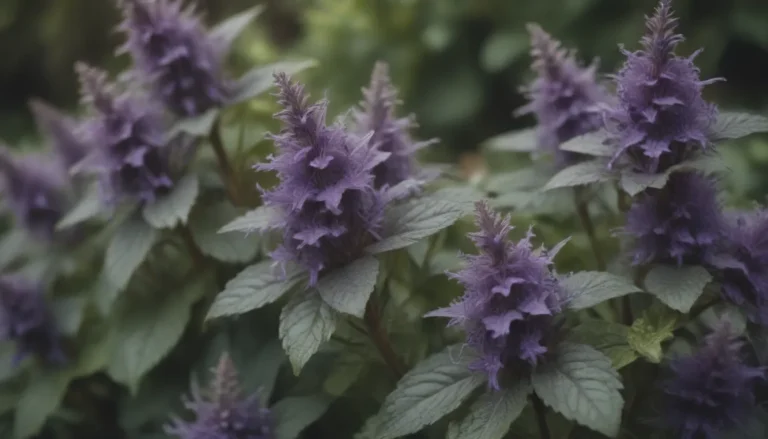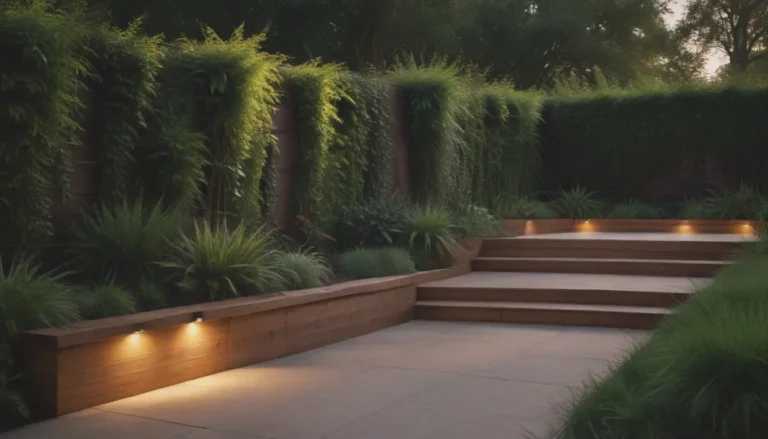Why Mowing Wet Grass Isn’t a Good Idea: 10 Reasons to Consider

If you’ve ever found yourself staring out the window at your overgrown lawn while it’s raining, you may be tempted to grab your mower and get the job done, regardless of the weather. However, mowing wet grass is generally not recommended for a variety of reasons. In this article, we’ll delve into why mowing wet grass can be detrimental to your lawn, your mower, and even your personal safety. We’ll also provide some tips for handling this situation if you absolutely must mow your lawn in less than ideal conditions.
Safety Concerns
One of the primary reasons to avoid mowing wet grass is safety. Wet grass can create slippery conditions, increasing the risk of accidents, especially on slopes. While modern mowers come equipped with safety features to minimize the chances of injuries, it’s best to avoid any potential hazards by waiting for the grass to dry.
- Risk of Slipping: Wet grass increases the likelihood of slipping, especially on inclines.
- Risk of Electric Shock: Electric mowers should never be used on wet grass due to the risk of electric shock.
Damage to Your Mower
In addition to safety concerns, mowing wet grass can also damage your mower. Wet grass clippings can build up around the mower blade, causing the blade to become blocked and preventing it from spinning properly. This can put additional strain on the engine, potentially leading to issues such as smoking or engine failure.
- Blocked Blades: Wet grass clippings can block the mower blade from spinning freely.
- Moisture Damage: Moisture from wet grass can find its way into the mower’s fuel tank, affecting its performance.
Health of Your Lawn
Mowing wet grass can also have negative effects on the health and appearance of your lawn. Wet conditions create an ideal environment for fungal diseases to thrive, which can then be spread throughout your lawn as you mow. Additionally, mowing wet grass can lead to unsightly clumps of grass that smother the lawn and make it more difficult to maintain.
- Fungal Diseases: Wet grass can transport fungal diseases throughout your lawn.
- Unsightly Clumps: Wet grass clippings can stick together, forming unsightly clumps on your lawn.
Aesthetics
If you’re looking to achieve that perfectly manicured lawn, mowing wet grass simply won’t cut it. Wet grass blades tend to clump together, making it difficult to achieve a clean, even cut. Additionally, the weight of the moisture can cause the grass blades to lay flat, resulting in an uneven finish that lacks the polished look you desire.
- Uneven Cutting: Wet grass may lead to an uneven cutting due to flat and clumped grass blades.
- Lack of Manicured Look: Wet grass prevents achieving the manicured look most homeowners desire.
Additional Problems
Beyond safety, mower damage, lawn health, and aesthetics, mowing wet grass can also be messy and require additional cleanup. Wet grass clippings tend to stick to everything, from your shoes to the mower itself, making post-mowing cleanup a more time-consuming task.
- Messy Cleanup: Wet grass clippings can create a mess that requires extra cleaning.
- Cluttered Equipment: Cleaning wet grass clippings from your mower and shoes can be time-consuming.
Tips for Mowing Wet Grass
While it’s generally best to avoid mowing wet grass, sometimes circumstances may require you to tackle the task despite less than ideal conditions. If you find yourself in this situation, here are some tips to help mitigate the potential risks and issues associated with mowing wet grass:
- **Wear non-slip shoes to reduce the risk of slipping on wet surfaces.
- **Periodically clean your mower to prevent grass clippings from building up and blocking the blades.
- **Cut less grass at a time to minimize the strain on the mower blade.
- **Wait for the grass blades to stand up before mowing to ensure they are not too wet.
- **Choose a drier time of day, such as mid-morning when the dew has evaporated.
- **Consider factors like rainfall intensity, drainage, and sunlight when deciding if it’s safe to mow wet grass.
By following these tips and exercising caution, you can minimize the potential risks associated with mowing wet grass while still maintaining your lawn’s health and appearance. Remember, it’s always best to wait for the grass to dry before mowing to avoid unnecessary complications.





